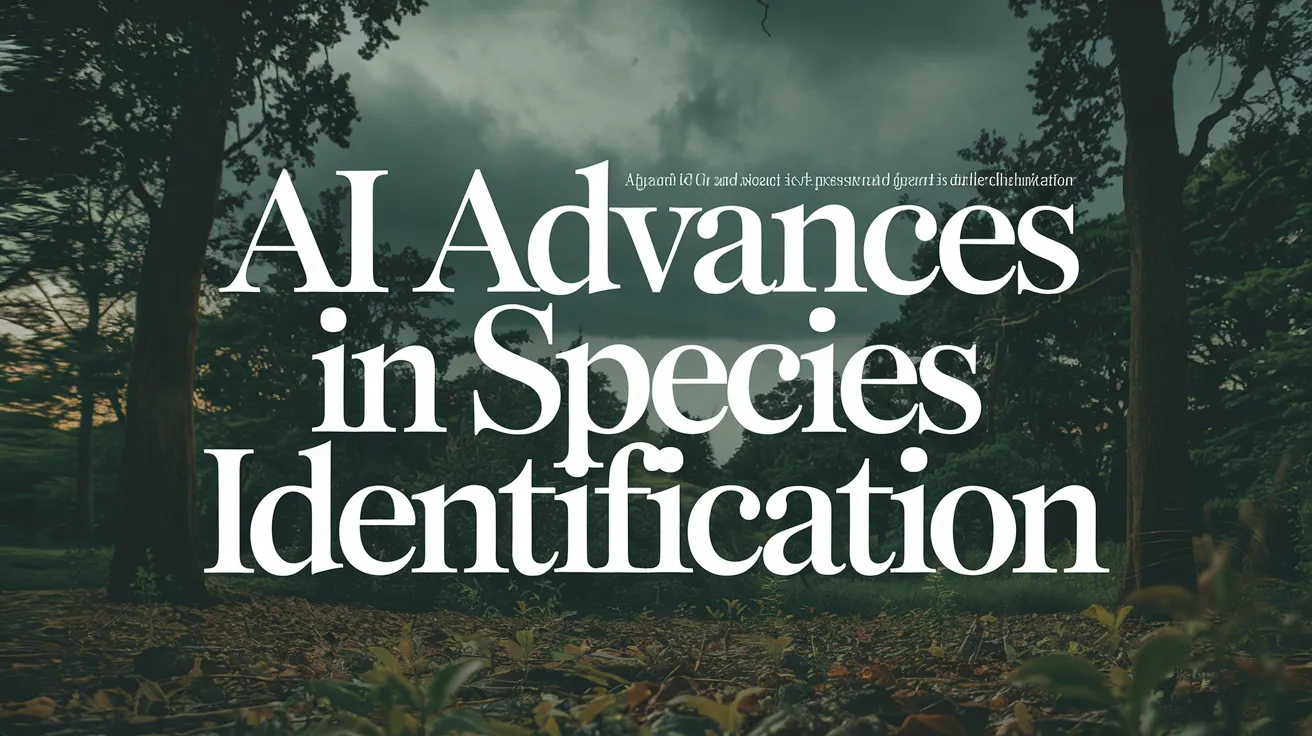AI Advances in Species Identification

Identifying wildlife in photographs has become simpler with the rise of AI-driven applications. However, as the world’s biodiversity faces challenges from habitat degradation, pollution, and climate change, scientists are exploring whether AI can provide more crucial insights, such as an animal’s health or environmental stressors depicted in these images.
Current AI capabilities may not yet extend to answering these complex questions, but recent research efforts suggest that such advancements are on the horizon. A collaborative team from institutions including the University of Edinburgh, University College London, the Massachusetts Institute of Technology, UMass Amherst, and the citizen science platform iNaturalist, has developed a new dataset and evaluation tool, called INQUIRE, to evaluate AI models’ performance when tasked with extracting additional data from citizen-captured wildlife images.
Preliminary tests revealed that AI models excel at simpler prompts but struggle with more complex inquiries. Nevertheless, researchers remain optimistic that with further refinement, these technologies can enhance the amount of nuanced information sourced from the millions of wildlife images collected by citizen scientists.
Oisin Mac Aodha, an associate professor in machine learning at the University of Edinburgh, emphasized during a discussion that recognizing wildlife photos is merely the “tip of the iceberg.” He argued for the importance of leveraging the extensive pool of wildlife imagery already available to cultivate deeper insights.
The challenge of species identification itself is still evolving; many algorithms falter due to a lack of training data, particularly for niche species or those found in remote areas. Mac Aodha remarked, “We don’t want to give the impression that the core challenge is solved. There’s still a huge amount of work to be done in the categorization or identification of species.” Yet, the development of vision-language models—AI capable of interpreting both text and images—has inspired researchers to explore their potential in extracting further information from photos.
This exploration is motivated, in part, by instances like that of the Natural History Museum in Los Angeles, where citizen-scientists captured images of alligator lizard mating behaviors—a phenomenon that had previously eluded researchers. Such data, garnered through citizen science platforms, prompted the question: could it be feasible for an AI to answer intricate, open-ended inquiries by analyzing large datasets of wildlife images?
The INQUIRE dataset comprises 250 ecological prompts crafted through dialogues with ecologists, ornithologists, and oceanographers. Researchers analyzed over 5 million images on iNaturalist, categorizing relevant images to specific prompts. In the end, they identified 33,000 images that accurately corresponded to their descriptions. This dataset is then applied to train and evaluate AI models in processing new images.
Despite promising results, current AI systems are still limited in their ability to detect subtle details. For instance, models have difficulty distinguishing between California condors with different identification tags. Mac Aodha pointed out the pressing need to get these expansive models—often built on generalized knowledge—to absorb specialized insights relevant to specific species.
Moreover, efficiency remains a critical consideration for AI model implementation. Each inquiry requires scanning potentially millions of images, leading to resource and energy costs that researchers must address to ensure responsible usage.
Overcoming these challenges could position vision-language models as powerful tools for ecological research and biodiversity protection. By enabling scientists to formulate inquiries regarding environmental pressures impacting particular species, AI could provide visual evidence supporting their hypotheses. Mac Aodha mentioned that such advancements could significantly accelerate research processes normally constrained by time.
In conclusion, the groundwork laid by the INQUIRE initiative and similar projects underscores the transformative potential of AI in enhancing biodiversity research and understanding environmental impacts through advanced species identification and data extraction.